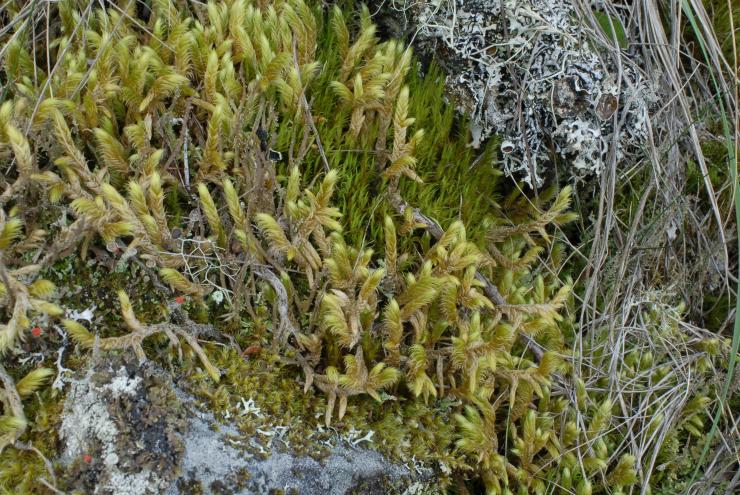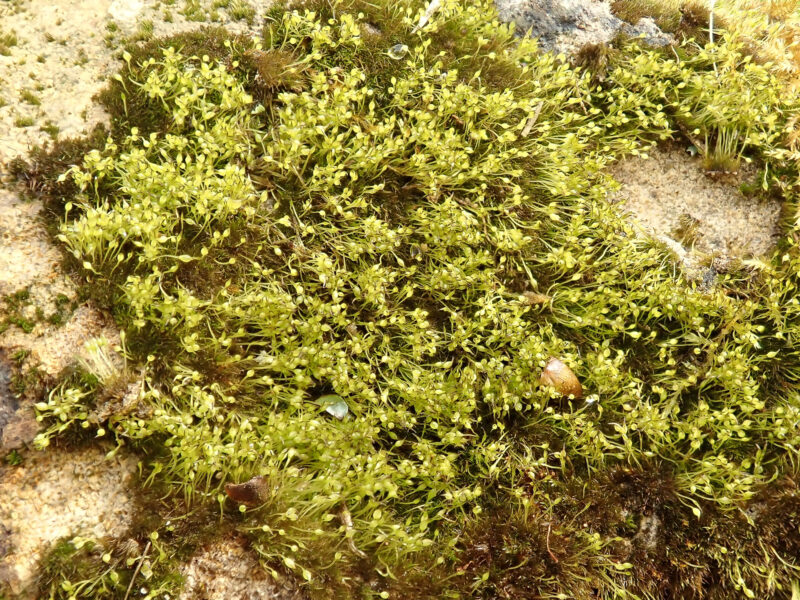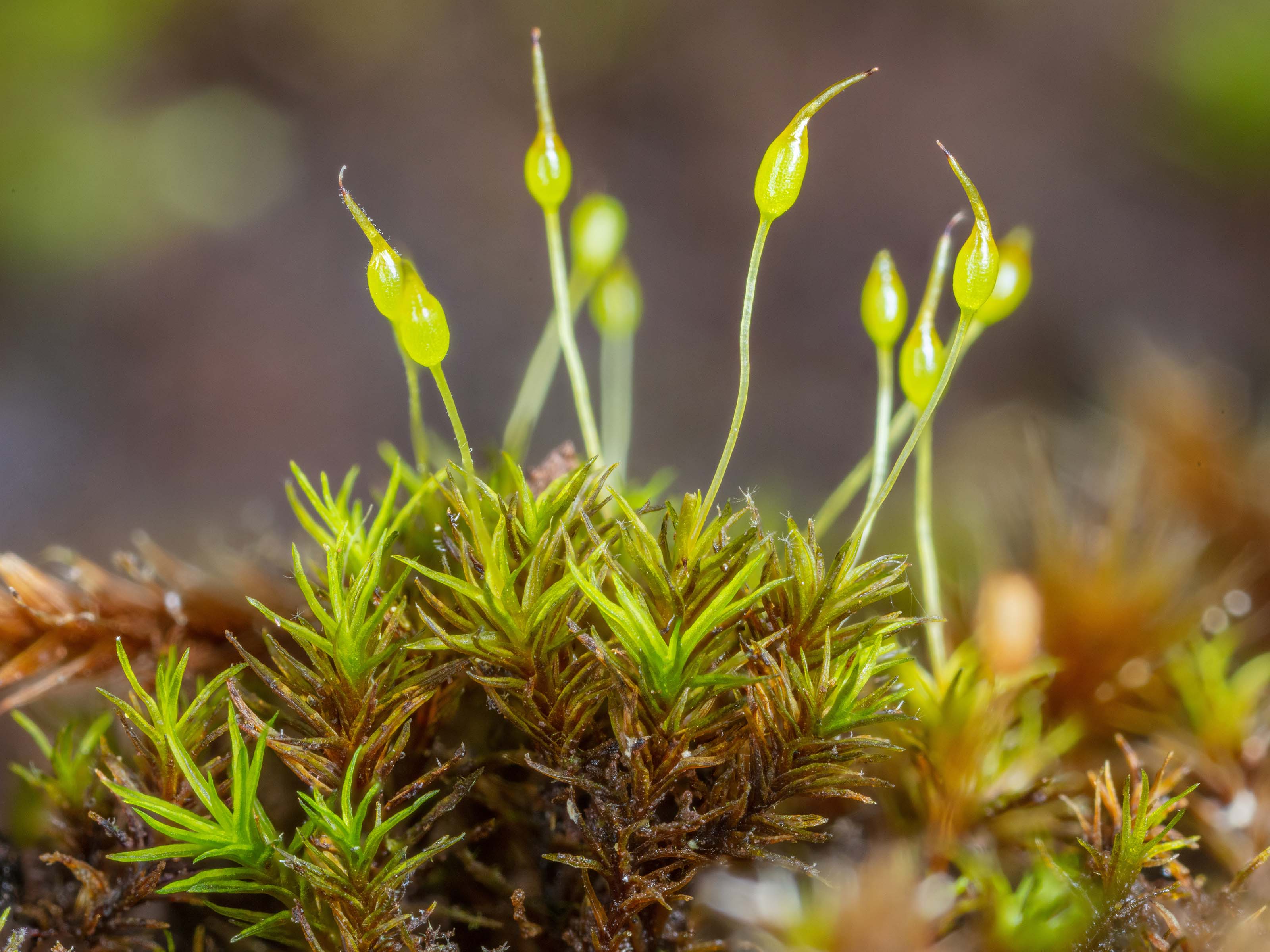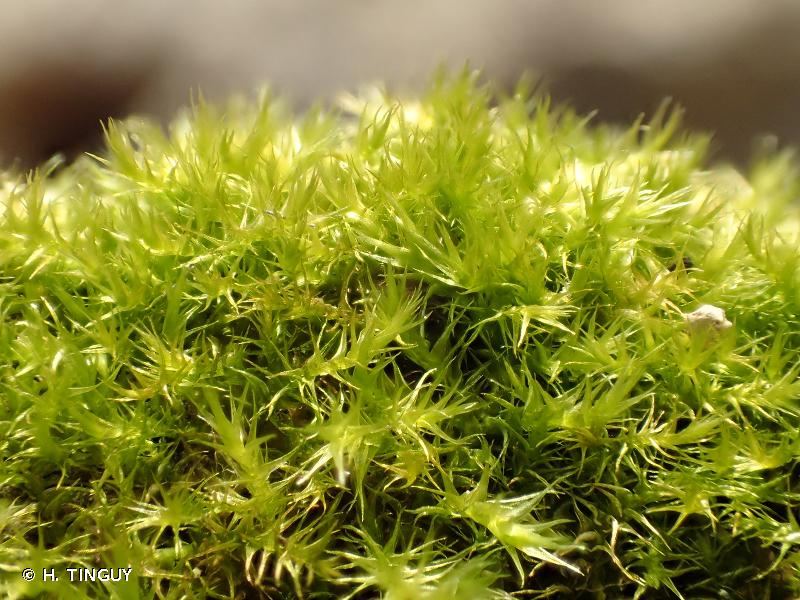Unveiling the Microcosm of Seligeria Campylopoda: A Captivating Moss
Affiliate Disclaimer: As an affiliate, we may earn a small commission when you make a purchase from any of the links on this page at no additional cost to you!

image from: https://www.flickr.com/photos/dougcwaylett/6254232992
Exploring the Fascinating World of Seligeria campylopoda Kindb. Moss
image from: https://www.tandfonline.com/doi/abs/10.1179/jbr.2000.22.1.29
Introduction
Mosses are some of the most ancient and resilient plants on Earth, with over 12,000 species found across the globe. In this blog post, we’ll take a closer look at one particularly interesting species:

image from: https://luopioistenkasvisto.fi/Sivut/sammalet/kaarihitusammal.html
Seligeria campylopoda Kindb., a tiny but mighty moss in the Seligeriaceae family. Get ready to dive into the captivating realm of bryophytes!

image from: https://www.earth.com/plant-encyclopedia/Bryophytes/Seligeriaceae/seligeria-oelandica/en/
Background on Seligeria Mosses
The genus Seligeria, named after German botanist Ignaz Seliger, contains around 30 species of small mosses. They are found primarily in the Northern Hemisphere, often growing on limestone rocks and in crevices. Seligeria campylopoda Kindb. is one notable species in this group.
Morphology and Identification
Seligeria campylopoda Kindb. is a diminutive moss, typically growing in dense tufts less than 5 mm tall. Its leaves are lanceolate (lance-shaped) and have a strong midrib that extends to the leaf tip. The seta (stalk bearing the capsule) is curved or hooked, a key identifying feature. Capsules are ovoid and reddish-brown when mature.
Global Distribution and Habitat
This moss has a circumboreal distribution, found in northern regions of North America, Europe, and Asia. It grows on calcareous rocks and cliff faces, often in shaded and humid microhabitats. In some areas, it is considered a rare or threatened species due to habitat loss.
Ecological Roles and Adaptations
Like other mosses, S. campylopoda

image from: https://openmuseum.tw/muse/digi_object/c042054f370bfcfd0c8ddff5f5f9b1ca
plays important ecological roles:
- Erosion control: Its dense growth helps stabilize rock surfaces and prevent soil erosion.
- Water retention: Moss clumps absorb and slowly release moisture, regulating humidity in their microhabitats.
- Nutrient cycling: As mosses decompose, they release nutrients back into the ecosystem.
S. campylopoda has several adaptations for its rocky habitat:
- Attachment structures: Rhizoids and leaf bases help anchor the moss to rock surfaces.
- Desiccation tolerance: It can survive periods of drying out and rehydrate when moisture returns.
image from: https://inpn.mnhn.fr/espece/cd_nom/5491?lg=en
- Spore dispersal: Curved seta may help position capsules for optimal spore dispersal by wind.
Conclusion
Seligeria campylopoda Kindb.

image from: https://www.britishbryologicalsociety.org.uk/learning/species-finder/seligeria-calycina/
may be small, but it is a fascinating and ecologically important moss species. Its unique morphology, habitat specificity, and adaptations make it a captivating subject for botanists and nature enthusiasts alike. Next time you’re out hiking, take a closer look at the rocks – you might just spot this tiny wonder of the plant kingdom! What other secrets do you think the world of mosses holds?

image from: https://www.britishbryologicalsociety.org.uk/learning/species-finder/seligeria-calycina/

image from: https://floranorthamerica.org/Seligeria

image from: https://www.korseby.net/outer/flora/bryophyta/seligeriaceae/index.html

